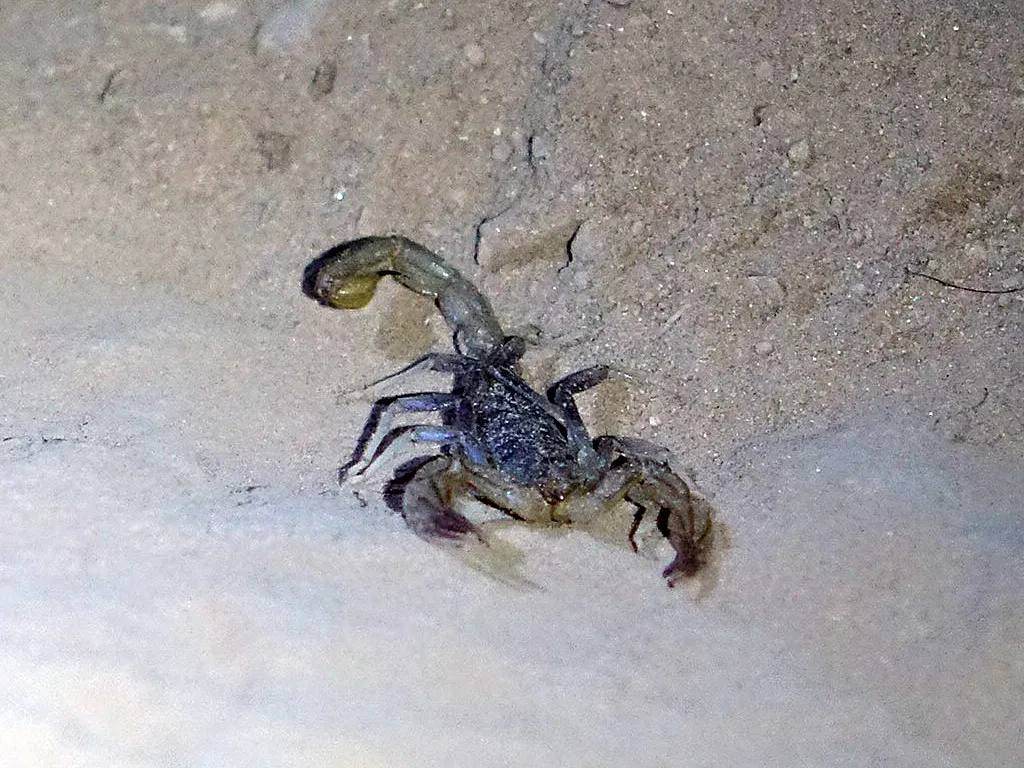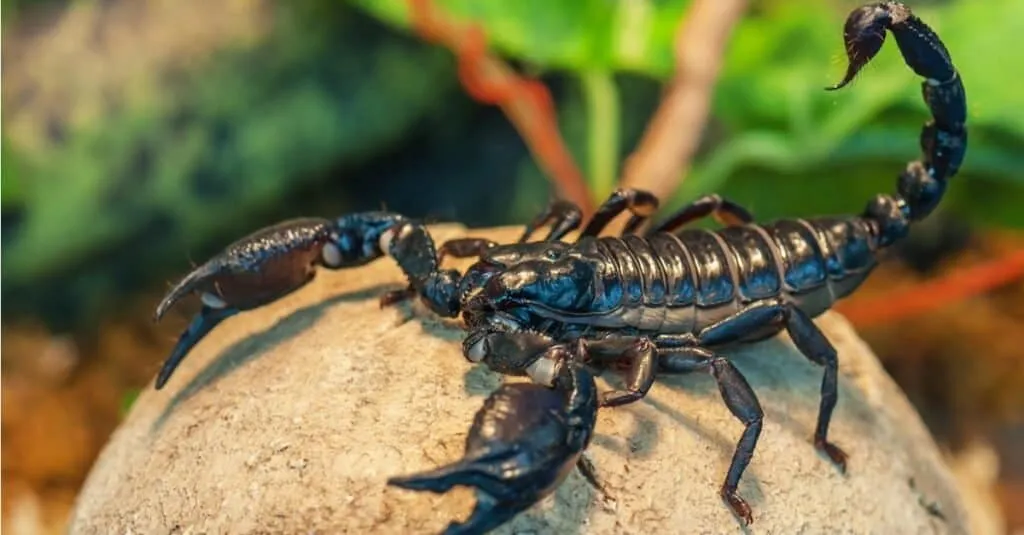Scorpion vs Tarantula An Overview
The natural world is filled with epic battles, and few are as intriguing as the potential clash between a scorpion and a tarantula. Both creatures are formidable predators, equipped with their own unique arsenals for survival. This article will delve into the dynamics of this confrontation, examining the factors that determine the outcome of such a fight. We’ll explore their respective strengths, weaknesses, combat strategies, and the environmental conditions that influence these encounters. Prepare to discover the fascinating details of a battle that unfolds in the hidden corners of the earth, where survival is the ultimate prize. The scorpion and the tarantula are both creatures of the shadows, and their interactions are often unseen but always intriguing. The question of whether a scorpion can kill a tarantula isn’t a simple one, and the answer involves a complex interplay of factors.
Size and Strength Scorpion vs Tarantula
One of the primary determinants of a battle’s outcome is the size and strength of the combatants. Tarantulas, being among the largest spiders in the world, often possess a significant size advantage. Some tarantula species can have a leg span exceeding 10 inches, making them physically imposing. Scorpions, on the other hand, vary in size, but generally, they are smaller. The size difference often gives the tarantula a considerable advantage in terms of reach and overall physical dominance. However, size isn’t the only factor. A larger scorpion, or a particularly aggressive species, might be able to level the playing field, and the environment can also greatly influence the outcome of a battle.
Scorpion’s Advantages

Scorpions, though often smaller, possess unique advantages. Their primary weapon is their venom-injecting stinger, located at the end of their tail. This venom is a potent neurotoxin designed to paralyze or kill prey. Additionally, scorpions have strong pincers (pedipalps) used for grasping and crushing their victims. Their hard exoskeletons provide some degree of protection. Scorpions can also be incredibly agile and quick, enabling them to deliver surprise attacks and evade counter-attacks. The scorpion’s ability to quickly adapt to the environment is also an advantage, as they can often find cover in cracks and crevices, making them difficult to locate and engage.
Tarantula’s Defenses
Tarantulas are not defenseless. They have several methods of protecting themselves. One of the most effective is their bite; tarantula fangs are large and can deliver a painful bite, injecting venom that can be debilitating to smaller creatures. Many tarantula species also possess urticating hairs on their abdomens. These hairs can be flicked off when threatened and cause intense irritation upon contact with the eyes or skin of a predator. Furthermore, tarantulas can be surprisingly fast and agile, capable of delivering powerful strikes. Their size also contributes to their defense, making them difficult to handle or overpower.
Venom and Toxicity The Deadly Factor
Venom plays a critical role in these battles. The potency and effect of the venom can significantly impact the outcome. Scorpions’ venom is typically neurotoxic, affecting the nervous system. Tarantulas, on the other hand, have venom that is less potent to mammals, but can still be dangerous for smaller animals. The effect of the venom depends on the dosage, the species of both the scorpion and tarantula, and where the venom is injected. While both creatures use venom to subdue their prey, the effectiveness of their venom in a fight against each other can vary considerably.
Scorpion Venom’s Impact

The scorpion’s venom, when injected into a tarantula, can cause paralysis or disrupt the tarantula’s nervous system. However, the tarantula’s size and the relatively small amount of venom injected by the scorpion may allow the tarantula to withstand the initial effects, especially if it can quickly incapacitate the scorpion. The effectiveness of the venom depends heavily on the scorpion species, with some having more potent venoms than others. Some scorpion venoms may be more or less effective against certain tarantula species. The speed at which the venom takes effect is also a critical factor.
Tarantula’s Resistance
Tarantulas have some degree of resistance to scorpion venom, though it varies based on the species and the specific toxins involved. Their larger size and robust physiology may allow them to withstand the initial effects of the venom for a period. The tarantula’s thick exoskeleton can also offer some protection against the venom injection. The tarantula’s reaction time and ability to quickly counterattack are also crucial; if the tarantula can quickly immobilize the scorpion, it may be able to prevent a fatal injection. A strong immune system is another factor that will help tarantulas fight off the effects of the venom.
The Hunt and Combat Scorpion Tactics
Scorpions are ambush predators, often waiting for their prey to come within striking distance. They may lie in wait, hidden in the shadows, and use their pincers to grasp the tarantula. The scorpion will then attempt to position its stinger and inject its venom. The speed and precision of the scorpion’s strike are critical; it needs to inject the venom quickly to have a chance of success. The scorpion’s maneuverability allows it to target the tarantula’s vulnerable areas, such as the joints or the underside of the body. The scorpion will also employ its pincers to hold and subdue the tarantula while it delivers the fatal blow.
Ambush and Strategy

The scorpion’s ambush tactics are vital in a fight against a tarantula. They usually prefer to strike when the tarantula is unaware. They may hide under rocks, leaves, or in burrows, waiting for the opportune moment. The element of surprise can be a significant advantage for the scorpion. Once it attacks, the scorpion uses its pincers to grab onto the tarantula and hold it in place while it positions its stinger. The precision of the attack is important because the stinger must penetrate the tarantula’s exoskeleton to deliver the venom. The scorpion also needs to protect itself during the battle, so its defensive positioning is also crucial.
Tarantula’s Reaction
Tarantulas react to a scorpion’s attack with a combination of defense and counter-offense. They will attempt to bite and inject venom into the scorpion. They may also try to dislodge the scorpion by thrashing or spinning. The tarantula’s reaction time is critical, as it must act quickly to defend itself. The spider will try to use its fangs to get a good bite on the scorpion. If the tarantula has urticating hairs, it will flick those toward the scorpion to cause irritation and distract the attacker. The battle depends on the tarantula’s agility and strength to overcome its opponent. A well-placed bite from the tarantula can be lethal.
Habitat and Environment Impact on Battles
The habitat and environmental conditions significantly influence the dynamics of these encounters. Factors like temperature, humidity, and the availability of cover can affect both creatures. For example, a scorpion might have an advantage in dry, rocky environments where it can easily find shelter, whereas a tarantula might thrive in a humid, forested environment. The availability of food and other resources in the environment can also impact the intensity of the competition between them, leading to more frequent and aggressive interactions. Moreover, the presence of other predators or competitors can change the strategic landscape.
Desert and Forest

In desert environments, where scorpions are more prevalent, they may have an advantage due to the scarce cover and open spaces that allow them to ambush tarantulas. In contrast, tarantulas in forested areas may have an edge because of the available places to hide and hunt from. The soil type and the presence of specific vegetation also matter. Environments with more readily available resources can support larger populations of both species, potentially leading to more frequent battles. Thus, understanding the habitat helps to predict the likelihood and outcome of these interactions.
Survival of the Fittest Outcomes
The outcome of a scorpion-tarantula fight is far from certain. Several factors come into play, with size, venom potency, combat strategy, and environmental conditions all playing crucial roles. The ability of each creature to inflict damage and their capacity to withstand injury are also vital determinants. While scorpions can kill tarantulas, it is not guaranteed. The survival of either predator hinges on a complex interplay of traits, and understanding these interactions provides valuable insight into the strategies employed by these incredible creatures. The environment also plays a crucial role; those that can adapt and best utilize the environment will be more likely to survive.
Frequency of Encounters and Outcomes
The frequency of these encounters can vary widely depending on the geographic region and the species involved. In areas where scorpions and tarantulas share habitats, such as the southwestern United States, battles are more likely. The outcomes also vary; sometimes, the scorpion prevails, and sometimes the tarantula does. In general, larger tarantulas tend to have a higher survival rate, but there are exceptions. Studying these encounters allows us to understand the complex ecological relationships that drive natural selection. Both species are opportunistic predators, which means that they will take on any prey they can handle.
Common Outcomes

While the outcome of a scorpion versus tarantula battle is variable, some outcomes are more common than others. In many cases, the tarantula will survive the initial attack, especially if it is large and can quickly overpower the scorpion. The scorpion can kill the tarantula if it can inject enough venom or if the tarantula is too small or weak. It is not uncommon for both the scorpion and tarantula to die during a fight. Ultimately, the dynamics of these battles are complex, influenced by a myriad of factors. The environment and the characteristics of each creature play a vital role in determining who survives. The outcome of a scorpion-tarantula battle is never predetermined and is always determined by the interplay of the many factors discussed above.
